Visualisation: Diving into the Helix Nebula
https://www.facebook.com/share/r/19ioFP ... tid=Mk4v2M
Snip of the video below. Link above to watch.
Animation of an image I took of the Helix Nebula using Adobe AfterEffects. Original info and data below:
Title: Unlocking the Helix Nebula: A Journey Through Time and Tech
After capturing the Pillars of Creation in late July with my 90's scope - the Celestron Ultima 9-1/4 - I decided to turn my attention to the Helix Nebula (NGC 7293). This nebula is well-known for its complexity, and I quickly realized how challenging it would be to capture all of its intricate details at the native 2350mm focal length and slow f/10, as well as my bortle 6 skies. Still, I wanted to see what could be done by combining this classic equipment with modern technology.
The Challenge
The Helix Nebula’s delicate structure took a lot of effort to bring out. Using the ASI2600MM-Pro camera and Antlia 3nm narrowband filters, I spent more time than I'd like to admit refining the data to get the best result I could. It was tough, but I’m happy with how it turned out, showing that even older gear can still perform well with today’s tools.
Classic Meets Modern
Although the Helix Nebula has been photographed many times, this image is special to me because it highlights what’s possible when you combine equipment from different eras. It’s proof that with patience and persistence, classic telescopes can still capture some amazing views of the cosmos.
Tech Specs:
Dates:
July 29 - 31, 2024
Aug. 3 - 4, 2024
Aug. 6 - 8, 2024
Aug. 18 - 19, 2024
Frames:
Antlia 3nm Narrowband H-alpha 36 mm: 27×1000″(7h 30′) (gain: 100.00) f/10 -10°C bin 1×1
Antlia 3nm Narrowband H-alpha 36 mm: 39×300″(3h 15′) (gain: 100.00) f/10 -10°C bin 1×1
Antlia 3nm Narrowband H-alpha 36 mm: 33×600″(5h 30′) (gain: 100.00) f/10 -10°C bin 1×1
Antlia 3nm Narrowband Oxygen III 36 mm: 40×300″(3h 20′) (gain: 100.00) f/10 -10°C bin 1×1
Antlia 3nm Narrowband Oxygen III 36 mm: 32×600″(5h 20′) (gain: 100.00) f/10 -10°C bin 1×1
Baader Blue (CMOS-Optimized) 36 mm: 33×60″(33′) (gain: 100.00) f/10 -10°C bin 1×1
Baader Green (CMOS-Optimized) 36 mm: 33×60″(33′) (gain: 100.00) f/10 -10°C bin 1×1
Baader Red (CMOS-Optimized) 36 mm: 33×60″(33′) (gain: 100.00) f/10 -10°C bin 1×1
Integration Time:
26h 34′
Mount: Sky-Watcher Australia NEQ6-Pro
Camera: ZWO ASI2600MM-Pro
Bortle 6 skies in Hillcrest QLD, Australia.
HQ static image:
See it on Astrobin:
www.astrobin.com/p3dy52/C/
All my socials: linktr.ee/deepskyjourney
Thanks.
Kind Regards,
Rod Prazeres Astrophotography
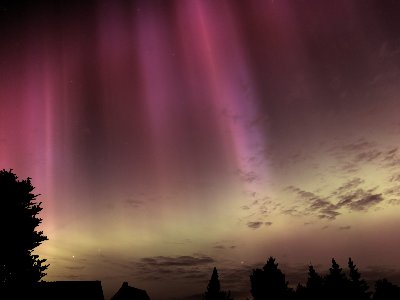
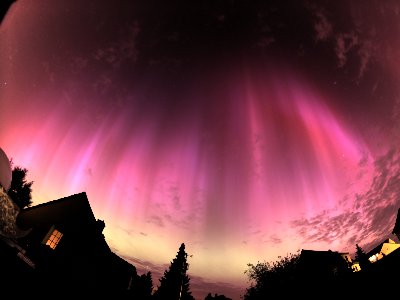
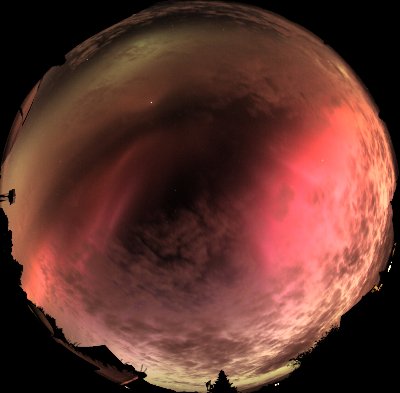
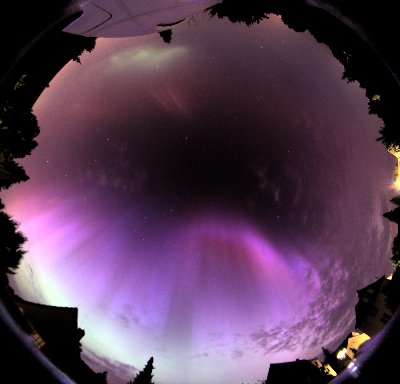
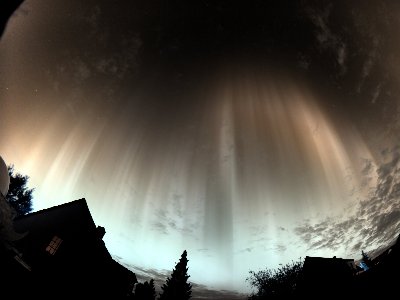
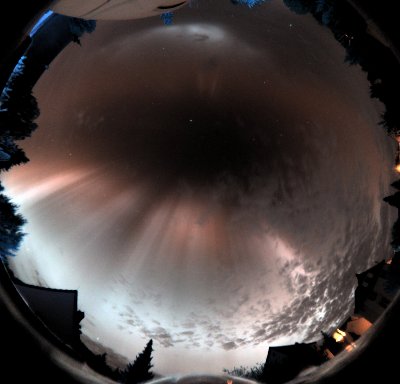




 Star trail timelapse by mark h, on Flickr
Star trail timelapse by mark h, on Flickr